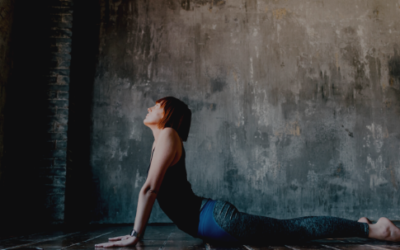Every living person has one thing in common: we breathe to survive. The power of your own breath can be used to alleviate stress and anxiety, fall asleep faster, energize yourself, improve endurance, and more.
There are many elite educational, government, and research institutions that have conducted studies on the power of breathing exercises and support them as being an effective practice for reducing stress, anxiety, symptoms of PTSD, depression, and helping with falling asleep or waking up. Our partners over at Breathwrk have curated some those articles and studies to share the scientific benefits of the practice.
Stress
Our autonomic nervous system controls involuntary activities in the body like heart rate and digestion. Broken into two branches that function as dials, the sympathetic nervous system controls and stimulates an activating ‘fight or flight’ response, preparing you for perceived danger or arousal. The other branch, the parasympathetic nervous system, controls and stimulates your ‘rest and relax’ response, guiding you into a calm state.
Breathing is one exception to the autonomic systems in that it functions automatically and you can voluntarily control it. Because all of our autonomic systems are intricately linked, voluntarily changing your breathing rate or pattern can cause windfall effects throughout the entire body. Studies have shown breath practices to reduce symptoms of stress, anxiety, insomnia, PTSD, obsessive-compulsive disorder, attention deficit disorder and schizophrenia.
With Breathwrk, you can utilize breathing exercises which can assist you in activating the parasympathetic nervous system and suppressing the sympathetic nervous system in order to respond to stress effectively.
Anxiety
Breathing exercises have the ability to activate the vagus nerve, a winding cranial nerve that links the brain to organs, letting the heart, lungs and digestive when to beat, breathe, digest, etc. The vagus nerve not only carries messages from the brain but to the brain, connecting and communicating many seemingly disparate autonomic functions that influence stress response and emotion.
As respiration is the only autonomic function we can control, breathing gives us the ability to influence the rate at which these impulses are transmitted, remaining calm yet alert. When we elongate the exhalation, in particular, we stimulate the vagus nerve and direct ourselves into a parasympathetic, relax and renew state.
Another Breathwrk practice that has influence on anxiety and panic in particular is breathing less, practices that not only slow the breathing rate but actually decrease the amount of air we breathe. Breathing less has the ability to increase our tolerance to Carbon Dioxide which, much like breathing into a paper bag, can short circuit the experience of panic. Increased levels of CO2 can calm your amygdala and synchronize heartbeat and breathing rhythm.
Relaxation
Under stress and anxiety, breathing exercises have the ability to stimulate the parasympathetic nervous system and suppress the sympathetic nervous system, sending messages to and fro along the vagus nerve to direct ourselves into a relaxation response. As respiration is the only voluntary function of the autonomic nervous system, we can use the breath to decrease our heart rate, slow respiration, reduce levels of cortisol, and more.
Low Energy
Utilizing different breathing patterns can act as a remote control on your state of being through different physiological pathways, some we are aware of and some we have yet to discover.
Studies show that by incorporating high frequency breathing, people can increase their ability to sustain attention and direct attention, suggesting an increased state of wakefulness. This state is believed to be achieved through activating the sympathetic nervous system and reducing vagal activity.
Endurance
If we ‘hit a wall’, so to speak, during exercise, it is commonly our lungs that cannot keep up with the physical demand, not the other way around. This indicates the impact proper breath training can have on endurance.
When performance athletes train at high altitudes, they improve their ability to take oxygen in and move it into the bloodstream. This is referred to as VO2 max or maximum amount of oxygen that can be utilized during exercise.
We can mimic these effects without going to the mountains by utilizing breath practices that induce intermittent hypoxic states. Intermittent hypoxic training is an effective way to improve aerobic capacity and endurance performance.
Another way to increase oxygen uptake in the blood is simply by breathing through your nose. This is one of our Breathwrk fundamentals, nasal breathing is correlated with higher VO2 max during exercise.
ADHD & Focus
The ability to focus your mind is a skill that many face challenges with. There are multiple breathing practices that have shown evidence to increase an individual’s ability to focus, sustain focus and shift focus.
In one study linked below, researchers at the Feinstein Institute for Medical Research discovered that different breathing patterns effect widespread regions in the brain, far beyond just the brain stem as previously believed. The insula and the anterior cingulate cortex, a brain region involved in moment to moment awareness were able to be activated which correlates breathing practices to heightened attention.
Another study found that individuals increased their ability to sustain and direct attention by using high-frequency breathing. This state is believed to be achieved by activating the sympathetic nervous system and reducing vagal activity.
Sleep & Insomnia
Difficulty sleeping has been correlated with autonomic nervous system dysfunction, specifically in relation to vagal activity and the vagal nerve. When we engage specific breathing practices we can suppress vagal activity and in turn, improve our sleep. Many of our practices for sleep utilize an elongated exhale to increase vagal tone or even humming on the exhale. These breathing exercises activate our parasympathetic nervous system, the system involved with our rest and repair operations. This parasympathetic activation and sympathetic suppression induces what has been called the relaxation response and helps us fall asleep and stay asleep
Sleep Apnea
There are clear correlations between sleep apnea and nasal obstruction. Sleeping can emphasize and condition our airways to route our breathing through our mouths, which can lead to chronic over-breathing. We can reduce sleep apnea and snoring by clearing the nasal pathways and consciously directing our breathing through the nose, reducing breathing volume all-together. This may seem counter-intuitive to what we have been conventionally taught but it supports the notion that breathing less is actually a key to greater health and well-being. In one study linked below, improved nasal breathing decreased snoring in 34% of participants and daytime energy levels were improved by 78%.
Pain Management
This is one of our favorite areas to explore, breathing as an intervention for pain perception. In one study we have linked below, pain perception is reduced when the pain is applied during holding the breath in after a deep inhalation, what we call apnea. These results demonstrate that easy respiratory practices can be used to reduce our perception of pain.
In another study, slow and deep breathing was essential in modulating the sympathetic nervous system and our perception of pain. It found that the way we breathe decisively affects our autonomic nervous system and can reduce tension and anxiety surrounding pain.
Cardiovascular Health
It is difficult to talk about breathing and cardiovascular health without mentioning Nitric Oxide. Nitric Oxide is a vasodilator gas that is produced in the paranasal sinuses and when we breathe through our nose, it is excreted through our nasal airways. As a vasodilator gas, Nitric Oxide naturally opens our blood vessels when we breathe through our nose.
One review, linked below, suggests that slow, yogic breathing techniques produce a beneficial effect on the cardiovascular system by effecting autonomic variables. This plays a role in cardiac function such as blood pressure and heart rate.
Blood Pressure
Slow and balanced breathing activates the parasympathetic nervous system. The autonomic nervous system was conventionally thought to function automatically but we have found that through conscious breathing exercises we can influence these systems voluntarily. When we slow our breathing down we suppress the sympathetic nervous system and kick start our relaxation response. This can decrease the heart rate, dilates our blood vessels and also reduces our blood pressure.
HRV
Heart rate variability is the variation in time between beats of your heart. Low HRV reflects a more constant interval of time between beats and has been shown to improve things from sports performance to asthma symptoms to IBS symptoms. The practice of taking 6 breaths a minute, slow breathing, improves HRV.
We are so thrilled to partner with Breathwrk, a health & performance brand empowering people to harness their breath to maximize mental & physical health. Breathwrk has decoded breath’s impact on human physiology and translated that knowledge into simple, effective exercises designed to induce states of being like focus, creativity, calm & many others in as little as 90 seconds.
The Backline community will receive a free annual subscription to their premium offering, Breathwrk Pro, by signing up here.





